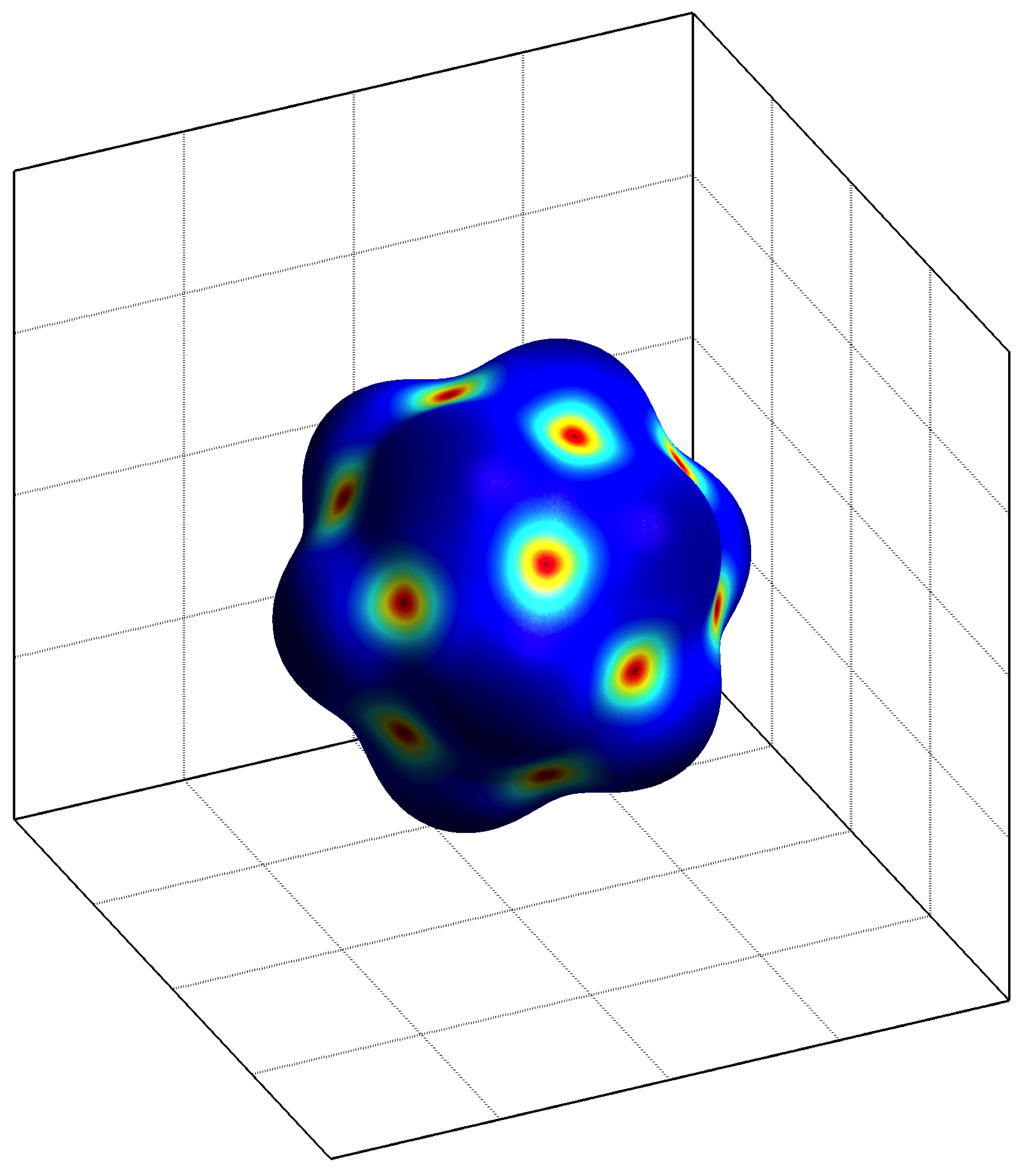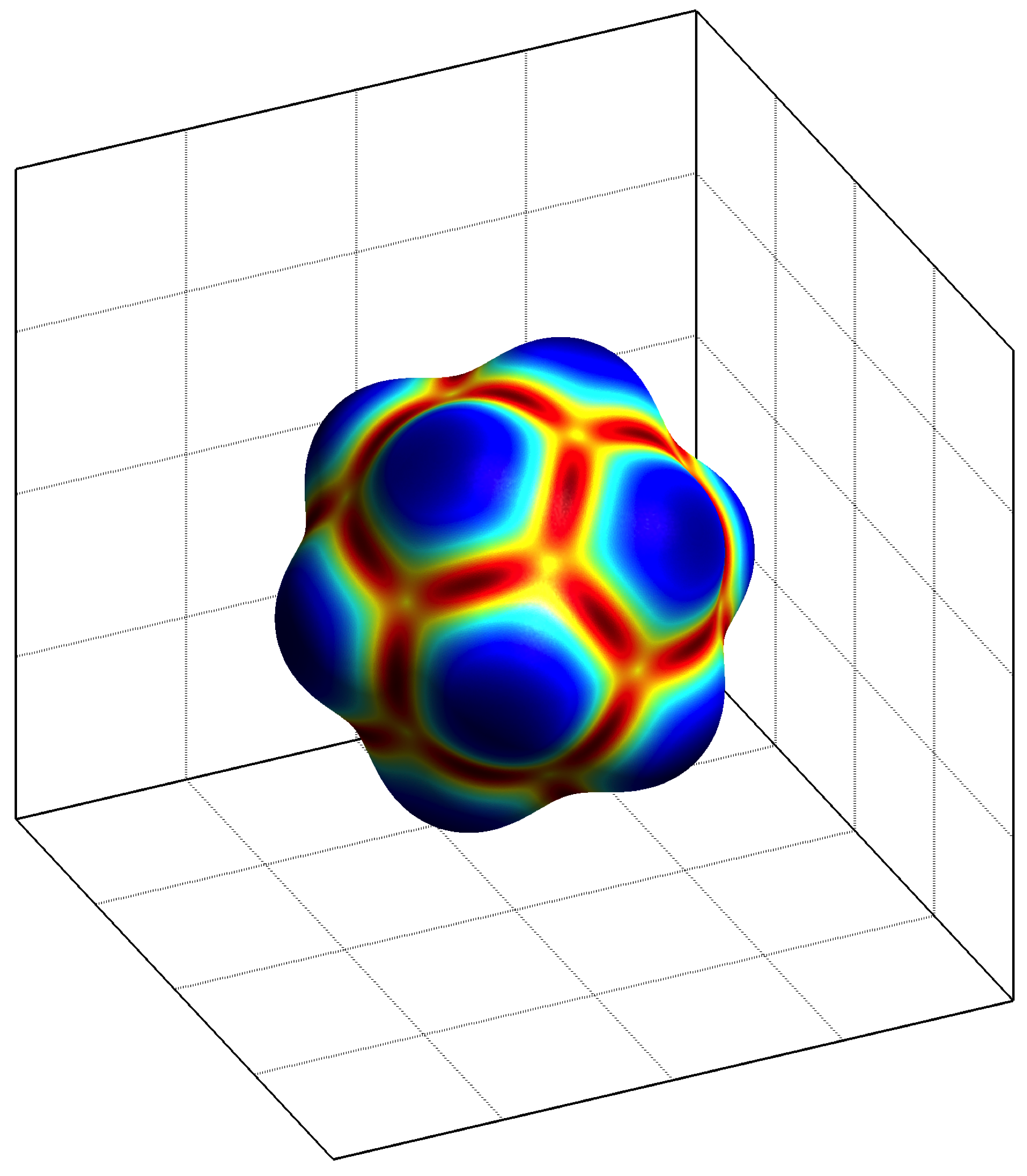Research
General slip boundary conditions
The conventional no-slip boundary condition fails to hold in many fluid flow problems and must be replaced with appropriate slip boundary conditions that account for wall and fluid properties. From inviscid to viscoelastic flows, the correct imposition of slip boundary conditions is essential in numerous engineering applications. These conditions remain a subject of debate among fluid dynamicists and pose significant numerical challenges, particularly when pursuing very high-order accurate methods.
The available literature on general slip boundary conditions is limited, and existing approaches typically achieve only first- or second-order convergence. The complexity increases substantially on curved boundaries, since the tangential component of the fluid traction vector depends on the boundary line curvature. In 3D, the challenge becomes even greater, as both principal surface curvatures must be considered.


In [Costa et al., 2023], we proposed a simple, efficient, and very high-order accurate method within the finite volume (FVM) framework to impose general slip boundary conditions on arbitrary curved boundaries for 3D fluid flow problems governed by the incompressible Navier–Stokes equations. Building on previous work, the pressure–velocity coupling is handled using a staggered mesh discretisation, ensuring stable and accurate treatment of the div–grad duality. On curved boundaries, the slip conditions are reformulated in a local reference system, enabling the direct application of the ROD method, which achieves up to eighth-order convergence on unstructured meshes with a piecewise linear boundary approximation.